Microsoft Windows: 15 Fascinating Facts You Probably Didn't Know
- Bill Gates didn’t want to call it "Windows"—the original name might shock you.
- The beloved Start Menu? It wasn’t always part of the plan.
- Windows XP was way more complex than you think—45 million lines of code complex.
- Ever wondered why Windows crashes into a blue abyss? Here’s the real story.
Windows has been around for nearly four decades, powering billions of devices and evolving from a simple graphical interface to an all-encompassing ecosystem. Despite its ubiquity, there are still plenty of quirks, fun facts, and fascinating tidbits that often fly under the radar. Here’s a breakdown of the lesser-known but incredibly interesting aspects of the world's most popular operating system.
From its earliest days as a mere shell for MS-DOS to its dominance in the personal computing world, Windows has had an undeniable impact on how we interact with technology. While many of us are familiar with the basics—icons, taskbars, and the infamous Blue Screen of Death (BSOD)—there's far more to uncover beneath the surface. Let’s take a deeper dive into some surprising nuggets that even seasoned users might not know.
Whether you’ve been a Windows user since the days of Windows 95 or recently jumped on board with Windows 11, there’s always something unexpected to learn about the OS that’s powered countless PCs worldwide.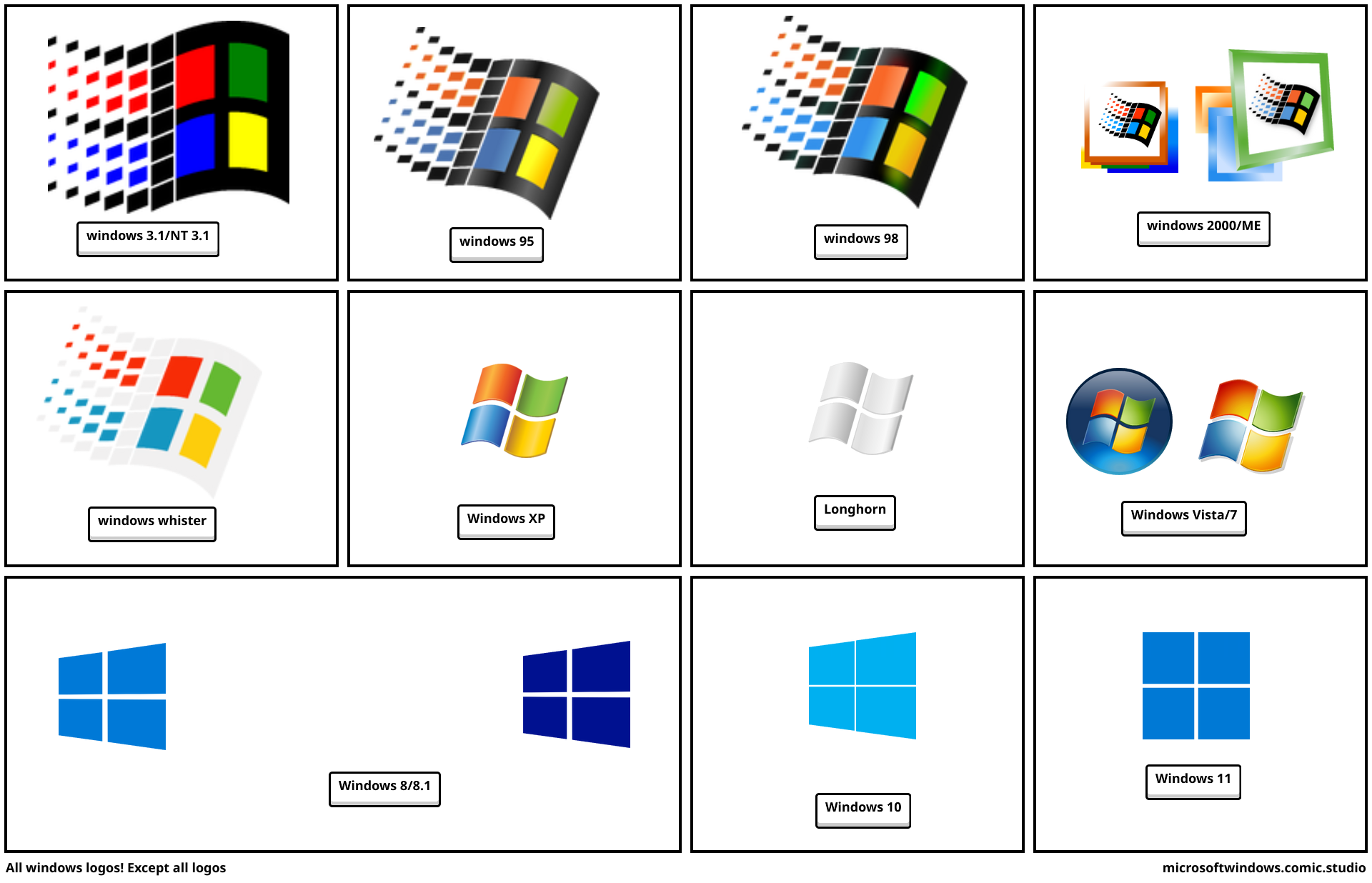 Photo via Comic Studio // Microsoft Windows has changed a lot since its launch in 1985. Here are all Windows logos from Windows 3.1 until today.
Photo via Comic Studio // Microsoft Windows has changed a lot since its launch in 1985. Here are all Windows logos from Windows 3.1 until today.
1. Bill Gates Wanted to Call It 'Interface Manager'
If Bill Gates had stuck to his original plan, Windows might have been named something much less catchy—Interface Manager. Fortunately, “Windows” won out as the more appropriate name, highlighting the core feature of being able to open multiple graphical "windows" on the screen.
2. Windows 1.0 Wasn't Even a Full OS
Released in 1985, Windows 1.0 wasn’t a standalone operating system—it was just a graphical shell for MS-DOS. This early version allowed users to run multiple applications in separate windows, but it heavily relied on DOS commands behind the scenes.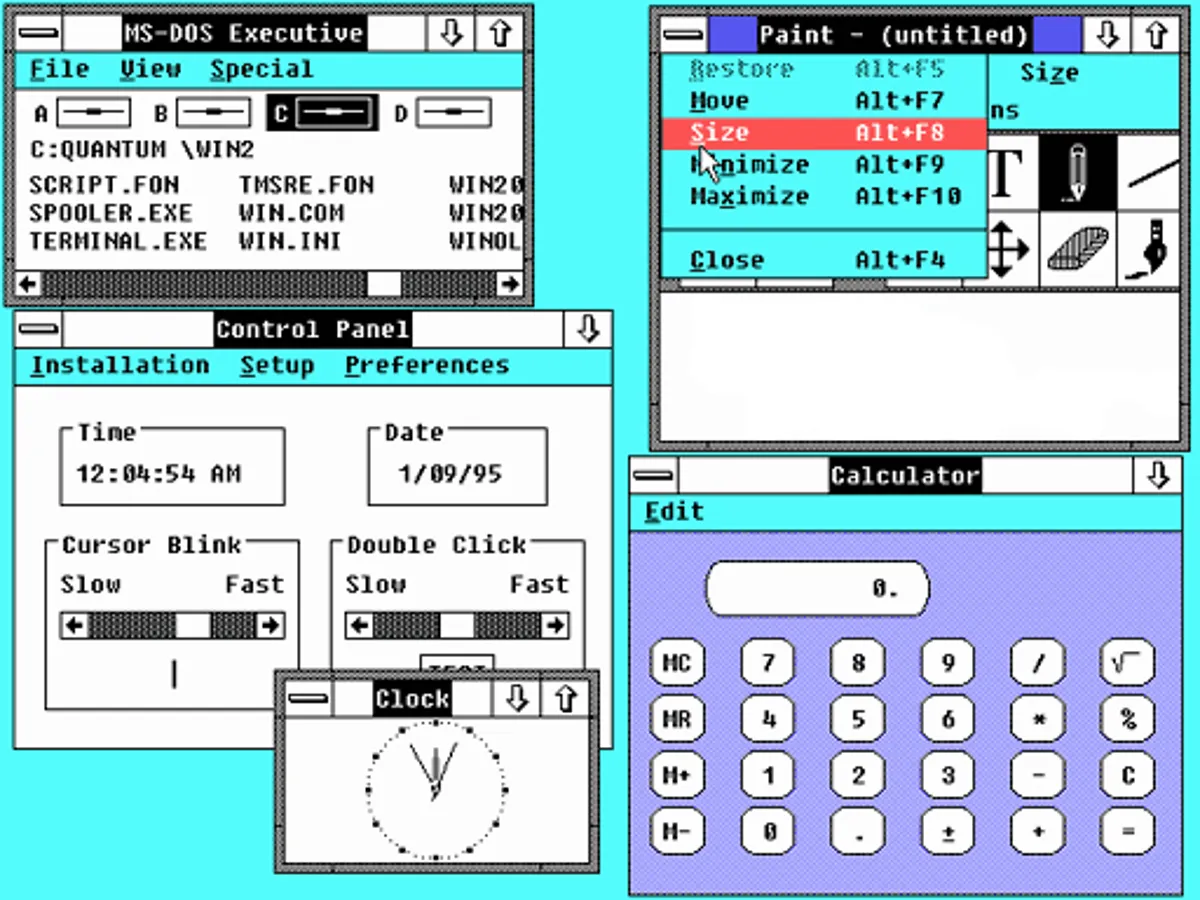 Photo via CNET // A screenshot of Windows 1.0 from 1985.
Photo via CNET // A screenshot of Windows 1.0 from 1985.
3. The Start Menu Wasn't Always a Staple
Introduced in Windows 95, the Start Menu became a central part of the user experience. It’s hard to imagine a time before the Start Menu existed, but it took a decade for Microsoft to finally give users this handy feature.
4. Windows XP Was Compiled from 45 Million Lines of Code
When Windows XP launched in 2001, it was a milestone in operating system complexity and functionality. The OS contained an astounding 45 million lines of code, making it one of the most intricate pieces of software ever released at the time.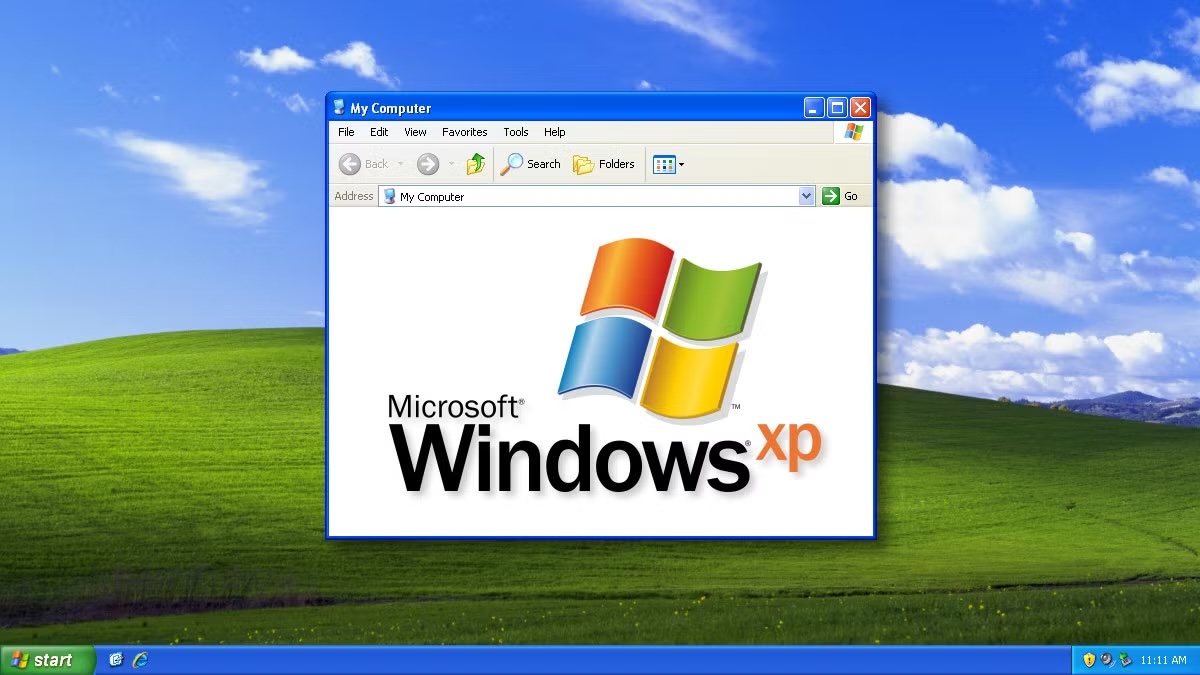 Photo via HowToGeek // A screenshot of Windows XP from 2001.
Photo via HowToGeek // A screenshot of Windows XP from 2001.
5. Windows 98 Was the Last Version Based on MS-DOS
Windows 98 marked the end of an era. It was the last version of Windows built on top of MS-DOS, making way for more advanced systems like Windows NT and XP. For users, this meant faster performance and better hardware support.
6. The Infamous Blue Screen of Death (BSOD)
The Blue Screen of Death has become a symbol of Windows crashes over the years. Interestingly, this feature was originally implemented as a debugging tool and only later became the notorious error screen we’ve all encountered at least once.
7. Flight Simulator First Appeared on Windows in 1996
Microsoft’s beloved Flight Simulator game made its debut on Windows 95, bringing the virtual flying experience to an operating system that millions were using daily. Its earlier versions had been available for DOS, but Windows marked its first entry into the new age of operating systems.
8. Windows XP’s Popularity Defied All Expectations
Despite being launched more than two decades ago, Windows XP remains one of the most beloved operating systems ever created. It was so well-received that, even after Microsoft discontinued support, many users continued running it for years due to its simplicity and reliability.
9. Windows NT Was Originally for 'Portable Systems'
The development team behind Windows NT originally called themselves the "Portable Systems" group. Their goal? To design an operating system with advanced capabilities, aimed at businesses and professional users, which could work across various platforms.
10. Microsoft Edge Replaced Internet Explorer
Internet Explorer, once the reigning champion of browsers, was phased out when Windows 10 introduced Microsoft Edge in 2015. Edge was built from the ground up to be faster, more secure, and competitive with browsers like Chrome and Firefox.
11. DirectX Revolutionized PC Gaming
Microsoft’s DirectX suite of APIs changed the gaming industry forever. Launched in 1996, it allowed developers to create games that ran more smoothly on Windows by giving them direct access to hardware components like the GPU.
12. Windows Subsystem for Linux (WSL)
One of the most forward-thinking features in recent versions of Windows is the Windows Subsystem for Linux (WSL), introduced in Windows 10. It allows developers to run Linux distributions alongside Windows, a massive leap forward in flexibility for programmers.
13. Windows 95’s Launch Was a Cultural Moment
Few operating system launches can match the excitement generated by Windows 95. With a massive marketing campaign that included The Rolling Stones’ “Start Me Up,” it was an event that transcended technology, entering mainstream culture.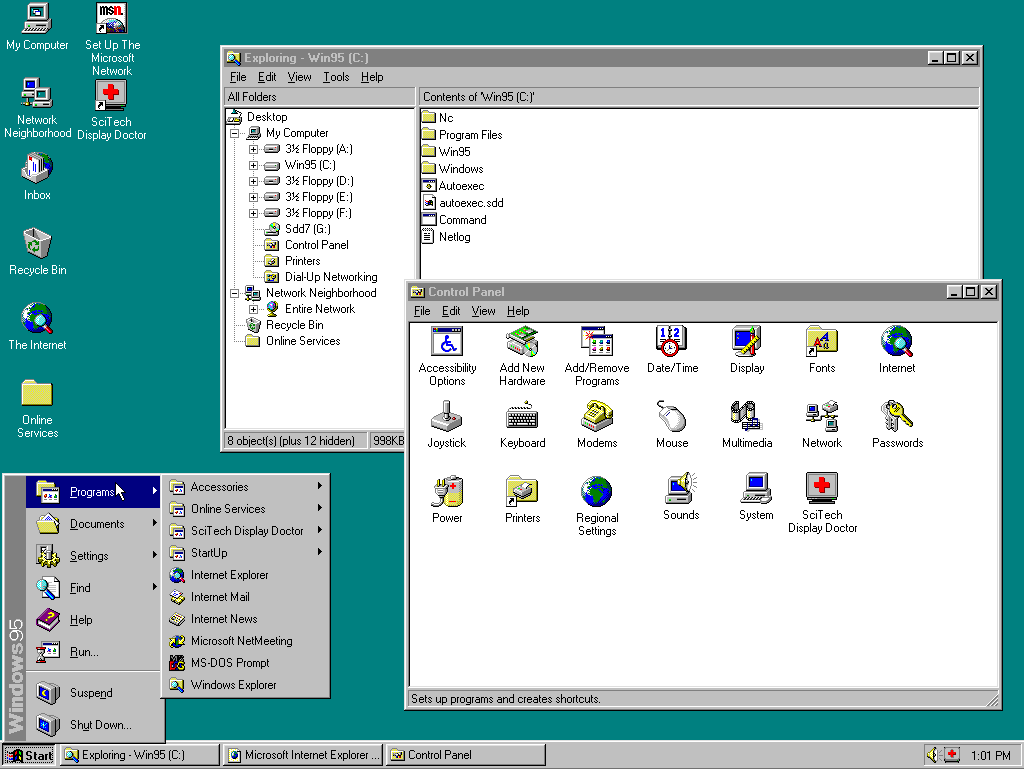 Photo via Medium // A screenshot of Microsoft Windows 95.
Photo via Medium // A screenshot of Microsoft Windows 95.
14. Windows Hello Revolutionized Security
With the introduction of Windows Hello in Windows 10, Microsoft brought biometric security to the masses. Gone are the days of memorizing complex passwords—Windows Hello allows users to log in via fingerprint or facial recognition, offering both security and convenience.
15. Windows 10 Marked the Shift to 'Windows as a Service'
Instead of launching entirely new versions every few years, Windows 10 introduced the “Windows as a Service” model, with continuous feature updates and security patches. This approach changed how users interact with and maintain their OS, blurring the lines between major updates and regular maintenance.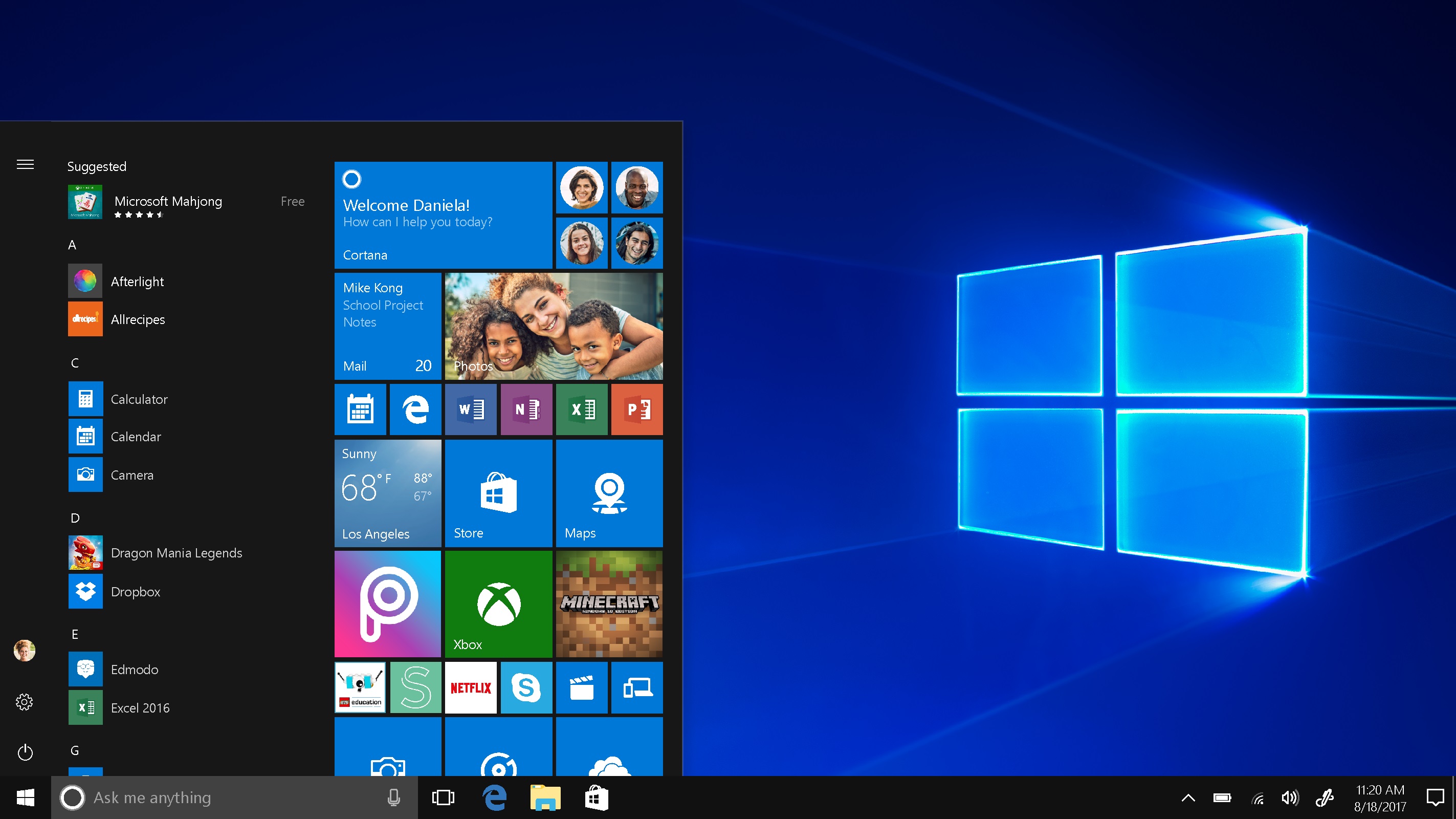 Photo via Microsoft Blogs // A screenshot of Microsoft Windows 10.
Photo via Microsoft Blogs // A screenshot of Microsoft Windows 10.
Windows continues to evolve, often reshaping how we think about personal computing. From its humble beginnings to today’s feature-packed versions, it’s clear that Microsoft has continually pushed the envelope to improve user experience and technological capabilities. And yet, it’s the unexpected details—like the OS’s quirky origins and its widespread adoption—that really tell the story of its success.
While newer versions such as Windows 11 offer fresh features like redesigned taskbars and integrated Android apps, the nostalgic charm of past versions like Windows XP and 95 is hard to forget. Whether you’re an early adopter of Windows’ latest innovations or a fan of its history, there’s always something about this OS that keeps us coming back.
What’s next for Windows? Only time will tell, but if its past is any indication, we can expect a future filled with more groundbreaking features, unexpected cultural moments, and of course—plenty of updates.
Recommended by the editors:
Thank you for visiting Apple Scoop! As a dedicated independent news organization, we strive to deliver the latest updates and in-depth journalism on everything Apple. Have insights or thoughts to share? Drop a comment below—our team actively engages with and responds to our community. Return to the home page.Published to Apple Scoop on 18th October, 2024.
No password required
A confirmation request will be delivered to the email address you provide. Once confirmed, your comment will be published. It's as simple as two clicks.
Your email address will not be published publicly. Additionally, we will not send you marketing emails unless you opt-in.